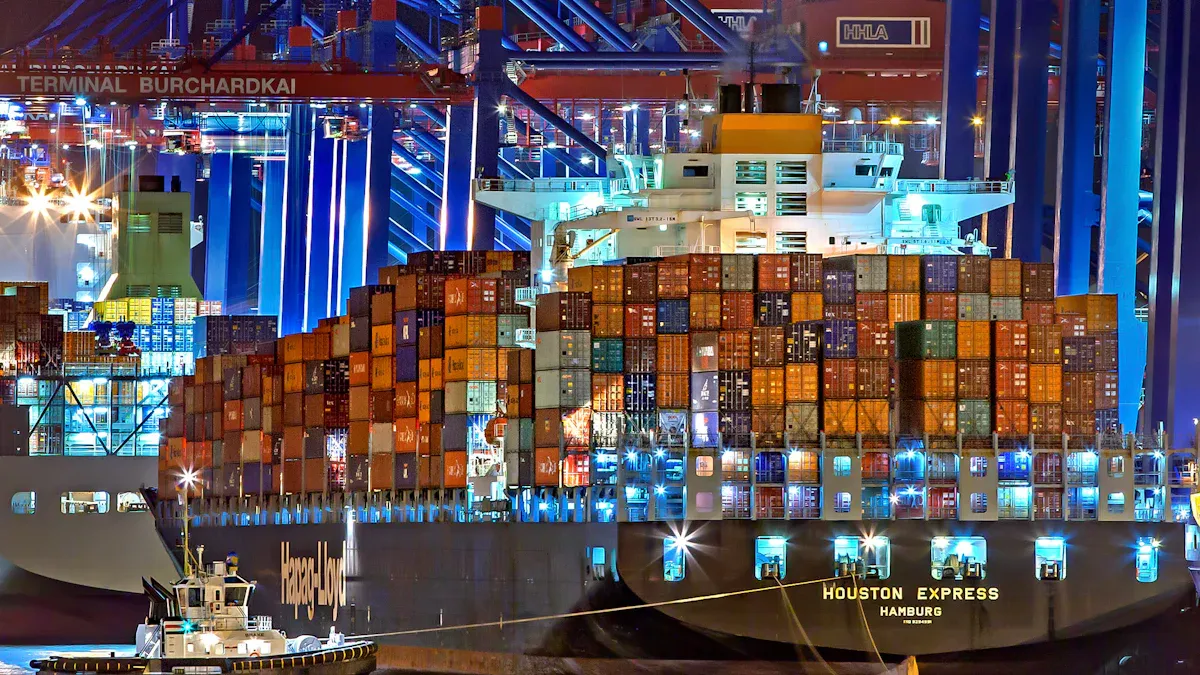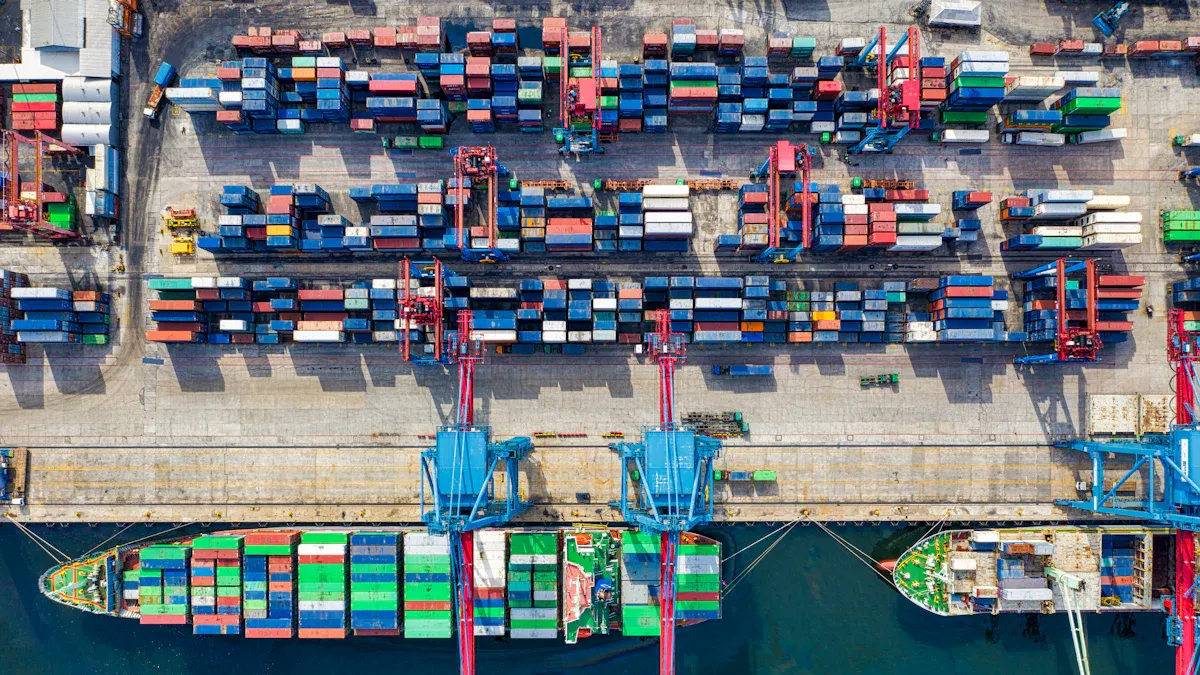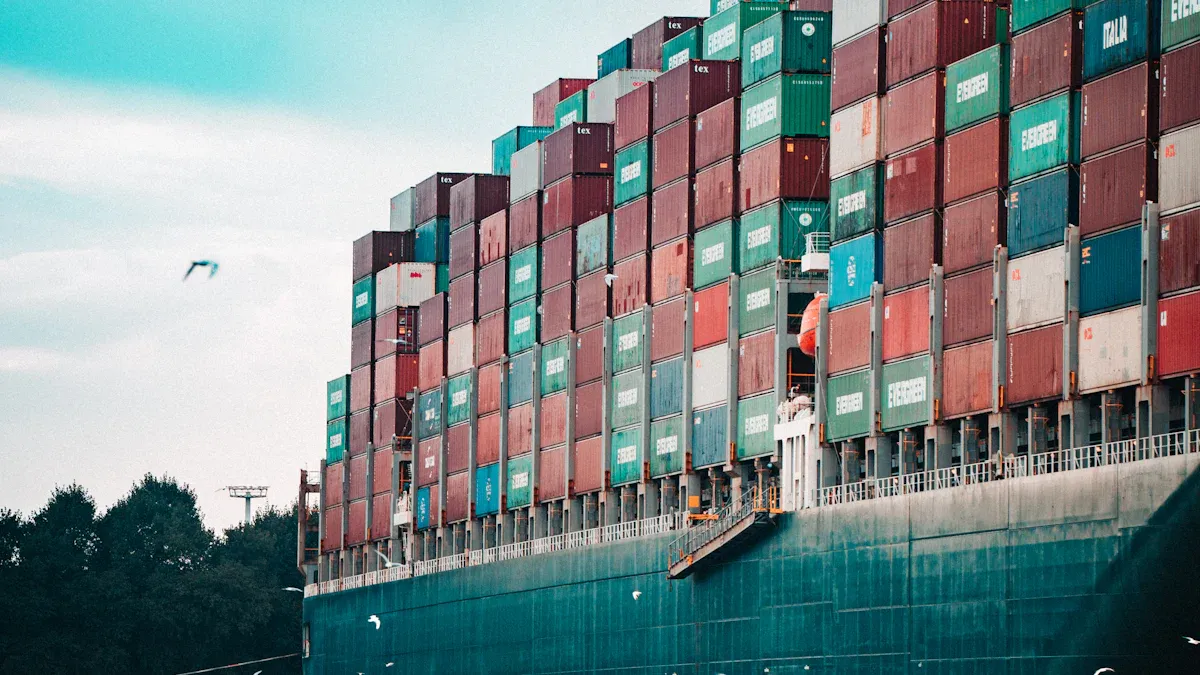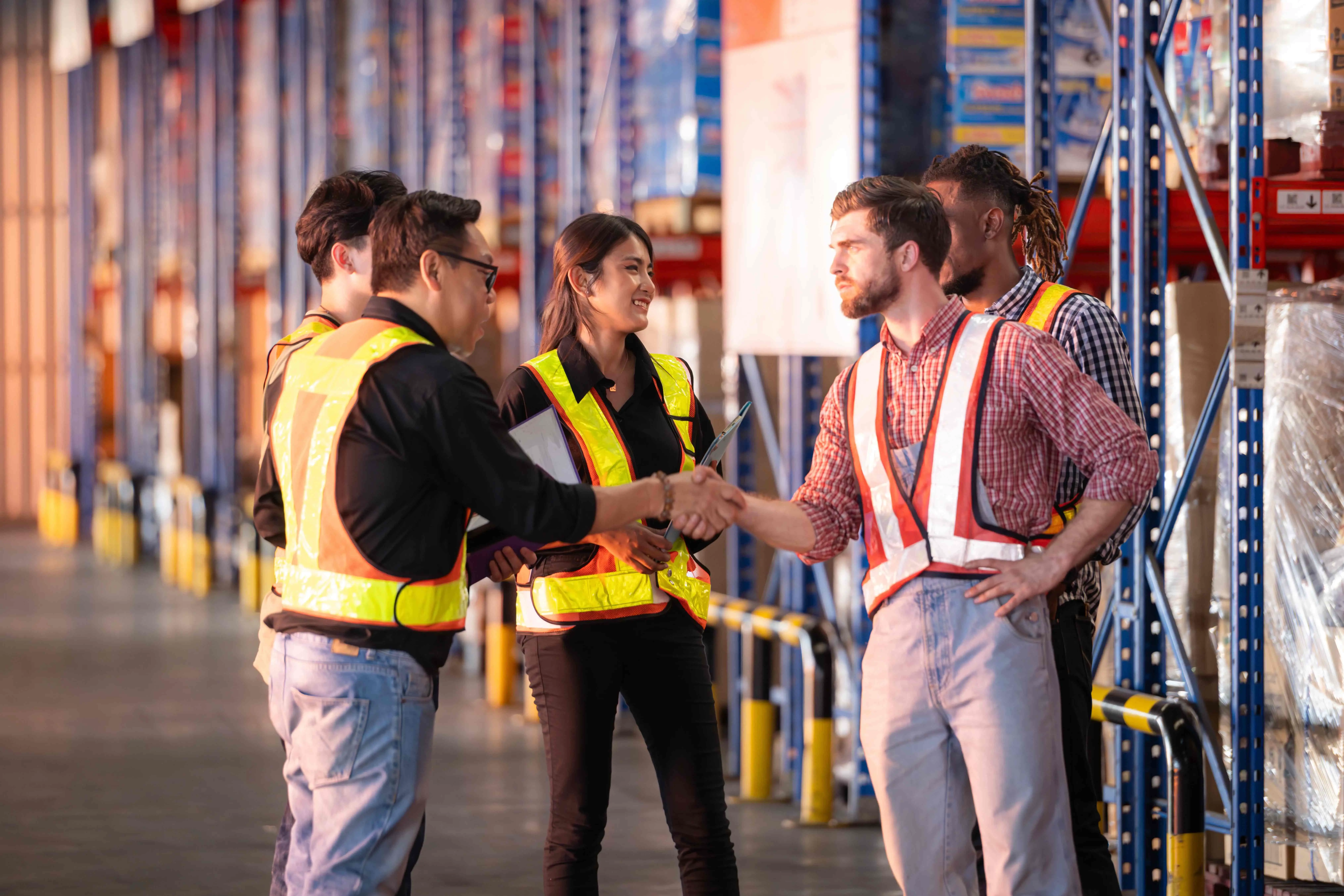How to Tackle Cross-Border Logistics Challenges in 2025

Cross-border logistics in 2025 needs focus because it’s harder now. Higher taxes and trade issues make shipping less predictable. Costs went up 20% in 2024, with fuel and repairs rising. Late deliveries can cost money, so smart plans are very important.
Key Takeaways
Learn customs rules to prevent delays. Use online tools to fill forms correctly and work well with customs staff.
Find ways to save money on shipping. Search for less expensive routes and make your supply chain better to handle higher shipping prices.
Use technology to make logistics easier. Try automated tools to avoid mistakes and talk better for quicker deliveries.
Key Challenges in Cross-Border Logistics

Customs Compliance and Regulatory Barriers
Understanding customs rules can feel very tricky. Every country has its own rules, and you must follow them carefully. Changes in politics, like Mexico's new trade rules, make things harder. Delays at customs often happen because of wrong or missing papers. Many companies now use digital tools to prepare documents faster and more accurately. Making friends with customs workers and hiring experts can also help clear goods faster.
"Warehouses are almost full, with places like Laredo and California at 98% capacity. This makes finding space harder." - Sam Burkhan, CEO of ITF Group
High Costs in Cross-Border Shipping
Shipping prices have gone way up recently. A big container now costs over five times more than before the pandemic. Some routes, like Shanghai to Los Angeles, cost eight times more. Last-mile delivery now takes up 53% of shipping costs, compared to 41% in 2018. These higher costs can hurt your budget if you depend on global trade. To save money, look for cheaper shipping options and improve your supply chain.
Year | Last Mile Share of Total Shipping Costs |
|---|---|
2023 | 53% |
2018 | 41% |
Delivery Delays and Supply Chain Disruptions
Late deliveries can mess up your business and lose you money. Companies lose $1.6 trillion every year because of supply chain problems. Each company faces about four big issues a year, costing $22 million each time. Shipping rates and delays, shown by the Baltic Dry Index and Harpex Index, make things worse. During COVID-19, factories made 43% less, and transport costs went up. To avoid delays, build strong supply chains and track important data.
Documentation Errors in Cross-Border Logistics
Paperwork mistakes can ruin your shipping plans. Errors in the Pre-Receival Advising (PRA) process can send containers back, causing delays. Without reports, shippers often pay for these mistakes. To fix this, use advanced tools that check documents and track shipments in real time. These systems can cut down errors and make things run smoother.
Strategies to Overcome Cross-Border Logistics Challenges
Working with JUSDA for Easy Cross-Border Shipping
Teaming up with JUSDA makes cross-border shipping easier. JUSDA creates special plans for industries like cars, electronics, and FMCG. They have over 155 service points worldwide to help businesses. JUSDA handles many carriers and offers real-time shipment tracking. Their JusLink system uses IoT and big data for better supply chain visibility. This helps solve problems before, during, and after shipping. Partnering with JUSDA can simplify global logistics and reduce delays.
Using Technology to Improve Cross-Border Ecommerce
Technology helps solve cross-border shipping problems. Tools like SaaS platforms make work faster by automating tasks. These tools cut manual ERP data entry by 65%, saving time. Automated shipment alerts lower extra costs by 34%. Better communication and tracking reduce delivery time issues by 37%. By using these tools, you can manage carriers better and ship goods smoothly.
Improving Warehousing with JUSDA's Services
Good warehousing is key for cross-border shipping success. JUSDA offers 2.5 million square meters of storage space globally. Their warehouses include clean rooms and bonded areas for special needs. Systems like eVMI and JusLink track inventory in real time. This helps avoid problems before shipping starts. Services like packing, labeling, and kitting make things more efficient. JUSDA's warehousing solutions save money and improve supply chains.
Creating Strong Supply Chains for Cross-Border Shipping
Strong supply chains help avoid shipping problems. Plans for emergencies, tracking shipments, and teamwork are important. Speeding up container use and signing long-term contracts also help. Being flexible and working well with partners can solve surprises. These steps reduce risks and make cross-border shipping more reliable.
Future Trends in Cross-Border Logistics

Growth of Cross-Border Ecommerce and Its Effect on Shipping
Cross-border ecommerce is growing fast and changing shipping methods. The market will grow from $86.45 billion in 2024 to $103.52 billion in 2025. This is a 19.7% yearly growth rate. More online shoppers and better logistics tools drive this growth. Faster delivery options, like same-day shipping, are improving services.
Social media shopping is also increasing. Over 30% of people now buy items internationally through social platforms. Companies using smart technologies have seen sales rise by 30%. Eco-friendly practices are important too. About 66% of shoppers prefer brands that care for the environment.
Trend | Evidence |
|---|---|
Use of Advanced Technology | Companies using smart tools saw sales grow by 30% (2023 ITC report). |
Rise of Social Commerce | Over 30% of buyers shop globally via social media (2022 Statista report). |
Focus on Sustainability | 66% of shoppers like brands that care for the planet (2023 Nielsen survey). |
AI and Blockchain Changing Cross-Border Shipping
AI and blockchain are making shipping smarter and more reliable. AI finds better routes and tracks inventory, saving time and money. Blockchain keeps records clear and builds trust in global trade. These tools also help track shipments and follow trade rules.
Evidence Type | Description |
|---|---|
Efficiency | AI improves routes and inventory management, saving time and costs. |
Transparency | Blockchain keeps clear records, building trust in global trade. |
Compliance | AI and blockchain help follow trade rules and track shipments. |
Green Logistics and Sustainability in Shipping
Green logistics is now a big focus in shipping. Programs like eco-driving and green warehouses cut pollution. Using sustainable packaging also helps reduce waste. Managing Scope 3 emissions is hard but very important. Green practices not only help the planet but also make supply chains stronger.
Experts suggest four ways to support green logistics:
Use eco-friendly shipping methods
Create helpful policies
Build better infrastructure
Invest in green projects
Adjusting to New Trade Rules Worldwide
New trade rules mean companies must stay updated and flexible. Countries often change policies, which can slow down shipping. For example, new tariffs or customs rules may cause delays. Digital tools can track these changes. Working with skilled logistics partners can also help you adapt quickly.

JUSDA Solutions
To provide you with professional solutions and quotations.
Cross-border logistics in 2025 has problems like higher costs, delays, and rules. You can solve these by using JUSDA’s smart tools, improving storage, and using new technology.
Tip: Stay ahead by preparing early and working with experts like JUSDA to make global trade easier and successful.
See Also
Addressing Global Supply Chain Growth Issues Effectively
Transforming Logistics: The Role of Digital Innovations Ahead
Revealing New Strategies for Supplier Ties in Global E-commerce
Transforming Future Logistics Through Artificial Intelligence Solutions
